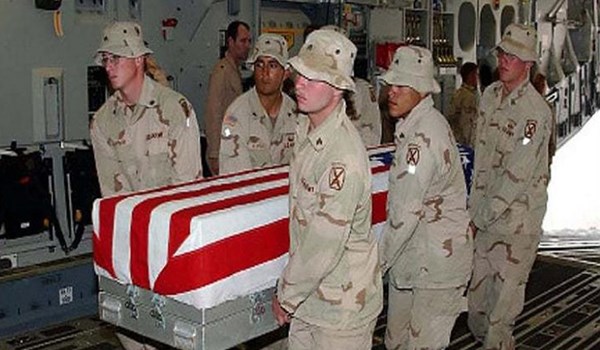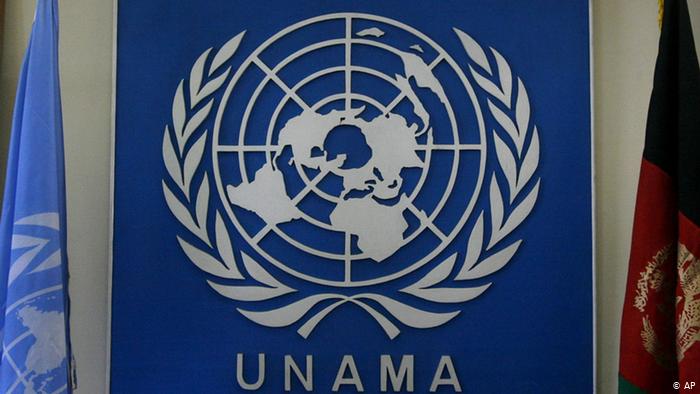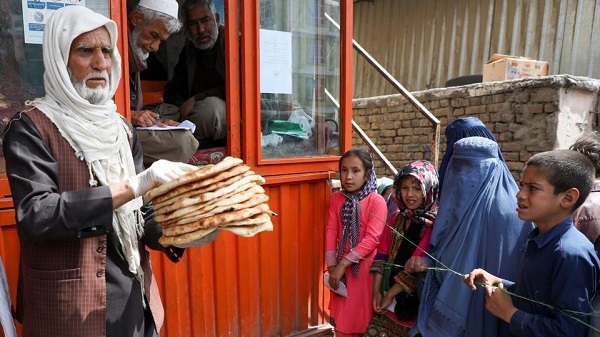A new report from the UN Assistance Mission in Afghanistan says 1,692 civilians were killed across Afghanistan in the first six months of 2018 – the highest death toll for a half year.
Publish dateThursday 19 July 2018 - 06:31
Story Code : 167387
Afghanistan War: The Fallacy of Sunken Costs
A new report from the UN Assistance Mission in Afghanistan says 1,692 civilians were killed across Afghanistan in the first six months of 2018 – the highest death toll for a half year.
AVA- The report comes at a time when US military operations across the war-torn country have grown in every possible way - from their budget to their size, to their pace of operations, to the geographic sweep of their missions and airstrikes.
All this means that, on any given day, there is no US military operation that doesn’t leave behind at least a number of casualties among Afghan civilians. The attacks are deadlier and leave fewer survivors overall. It is particularly noteworthy that this increase in deaths is also seen as being driven at least in part by a substantial rise in suicide attacks. That includes some very large scale attacks attributed to ISIS in recent weeks.
The UN report says over half of the casualties from suicide bombings were from ISIS attacks, underscoring the group’s growing influence in the country and the fact that America’s longest war not only failed to defeat the Taliban but paved the way for the emergence of ISIL. This comes amid reports of the US government considering a full strategy review for the Afghan war, as nearly a year after President Trump’s announced escalation, things are still going poorly. With no real chances for a military victory, officials in Washington are hoping to try to get back to the negotiating table.
By and large, this makes no sense at all. American forces are still operating - alongside local forces. None of this should be surprising, since in Afghanistan and across the rest of the Middle East region, America’s occupying forces are regularly engaged in a wide-ranging set of missions including special reconnaissance and small-scale offensive actions, unconventional warfare, counter-terrorism, and security force assistance (that is, organizing, training, equipping, and advising regional troops and proxies). And every day, almost everywhere, US forces are involved in various kinds of direct military attacks and unrestrained military expansion, mainly in Yemen, Syria, Iraq and Afghanistan.
This questions or criticizes the proposed US talks with the Taliban. This is also hardly a foregone conclusion. If anything, US military occupation is likely to expand, not contract, in Afghanistan. That’s why even the Taliban says it is in no mood to sit for talks with the Americans for any peace deal. They know and the whole world knows that America’s war aims in Afghanistan have been, and remain, riddled with contradictions and illusions that the War Party can exploit. This includes offering convoluted, incomplete or unconvincing answers to essential questions: Why are they in Afghanistan?
On that question, the fact remains that the nation-building experiment has also failed. America’s longest war can and will end if the US withdraws its warmongering generals and troops from the war-torn country.
Evidence backs this assessment. Americans have provided billions of dollars to enable the Afghans to defeat the Taliban - on top of Pentagon spending on the war itself. Fighting has increased and the Taliban is nowhere to be defeated. ISIL has also increased its presence there leading to the highest levels of armed clashes and suicide attacks. Worse still, according to the Pentagon’s own estimates, the government controls only 57.2 percent of the country’s districts, which hold about 64 percent of the population. The rest are contested or under Taliban and ISIL control.
And we haven’t even talked about a recent United Nations report that says the land under drug production in Afghanistan is up 10 percent in 2018 over the year before. And Afghanistan remains the world’s leading producer of opium, providing 80 percent of the global output. Drug plantation and production has grown over 40 fold since the US invaded the country.
Indeed, one wonders why the US still insists that this war is winnable in a place where there appears to be no dearth of havens for terrorists and where America’s longest war in history is the perfect environment which births and fosters local and foreign terrorist groups. It’s the fallacy of sunken hopes and costs, if the United States is honest about its stated objective in Afghanistan. There are good reasons to believe that the US never invaded to defeat terrorism in that country, but to establish a permanent presence in there to advance its plans against Iran, Russia and China.
A new report from the UN Assistance Mission in Afghanistan says 1,692 civilians were killed across Afghanistan in the first six months of 2018 – the highest death toll for a half year.
AVA- The report comes at a time when US military operations across the war-torn country have grown in every possible way - from their budget to their size, to their pace of operations, to the geographic sweep of their missions and airstrikes.
All this means that, on any given day, there is no US military operation that doesn’t leave behind at least a number of casualties among Afghan civilians. The attacks are deadlier and leave fewer survivors overall. It is particularly noteworthy that this increase in deaths is also seen as being driven at least in part by a substantial rise in suicide attacks. That includes some very large scale attacks attributed to ISIS in recent weeks.
The UN report says over half of the casualties from suicide bombings were from ISIS attacks, underscoring the group’s growing influence in the country and the fact that America’s longest war not only failed to defeat the Taliban but paved the way for the emergence of ISIL. This comes amid reports of the US government considering a full strategy review for the Afghan war, as nearly a year after President Trump’s announced escalation, things are still going poorly. With no real chances for a military victory, officials in Washington are hoping to try to get back to the negotiating table.
By and large, this makes no sense at all. American forces are still operating - alongside local forces. None of this should be surprising, since in Afghanistan and across the rest of the Middle East region, America’s occupying forces are regularly engaged in a wide-ranging set of missions including special reconnaissance and small-scale offensive actions, unconventional warfare, counter-terrorism, and security force assistance (that is, organizing, training, equipping, and advising regional troops and proxies). And every day, almost everywhere, US forces are involved in various kinds of direct military attacks and unrestrained military expansion, mainly in Yemen, Syria, Iraq and Afghanistan.
This questions or criticizes the proposed US talks with the Taliban. This is also hardly a foregone conclusion. If anything, US military occupation is likely to expand, not contract, in Afghanistan. That’s why even the Taliban says it is in no mood to sit for talks with the Americans for any peace deal. They know and the whole world knows that America’s war aims in Afghanistan have been, and remain, riddled with contradictions and illusions that the War Party can exploit. This includes offering convoluted, incomplete or unconvincing answers to essential questions: Why are they in Afghanistan?
On that question, the fact remains that the nation-building experiment has also failed. America’s longest war can and will end if the US withdraws its warmongering generals and troops from the war-torn country.
Evidence backs this assessment. Americans have provided billions of dollars to enable the Afghans to defeat the Taliban - on top of Pentagon spending on the war itself. Fighting has increased and the Taliban is nowhere to be defeated. ISIL has also increased its presence there leading to the highest levels of armed clashes and suicide attacks. Worse still, according to the Pentagon’s own estimates, the government controls only 57.2 percent of the country’s districts, which hold about 64 percent of the population. The rest are contested or under Taliban and ISIL control.
And we haven’t even talked about a recent United Nations report that says the land under drug production in Afghanistan is up 10 percent in 2018 over the year before. And Afghanistan remains the world’s leading producer of opium, providing 80 percent of the global output. Drug plantation and production has grown over 40 fold since the US invaded the country.
Indeed, one wonders why the US still insists that this war is winnable in a place where there appears to be no dearth of havens for terrorists and where America’s longest war in history is the perfect environment which births and fosters local and foreign terrorist groups. It’s the fallacy of sunken hopes and costs, if the United States is honest about its stated objective in Afghanistan. There are good reasons to believe that the US never invaded to defeat terrorism in that country, but to establish a permanent presence in there to advance its plans against Iran, Russia and China.
Source : خبرگزاری Afghn Voice Agency(AVA)
avapress.net/vdcbwzb8zrhb0fp.4eur.html
Top hits












